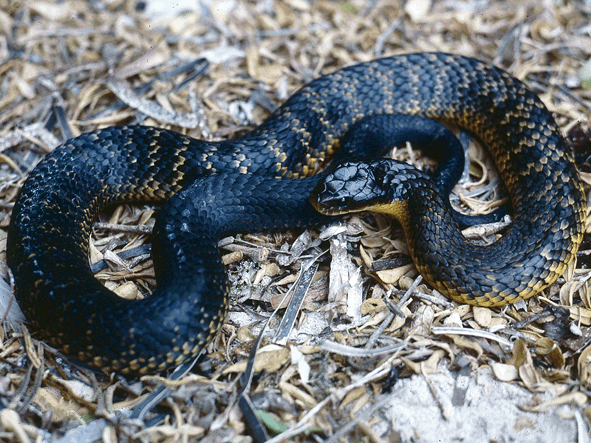
Tiger Snake (Notechis scutatus photographed on the island during venom and tissue sampling documented in NGTV's Outback Venom in July, 2002.
TIGER
SNAKES
ON CARNAC ISLAND:
WHERE DID THEIR ANCESTORS COME FROM?
Brian Bush

Tiger Snake (Notechis scutatus photographed on the island during venom and tissue sampling documented in NGTV's Outback Venom in July, 2002.
TIGER
SNAKES
ON CARNAC ISLAND:
WHERE DID THEIR ANCESTORS COME FROM?
Brian Bush
Tiger
snakes occur on many islands off the southern Australian coast. These insular
populations were isolated about 6000 years ago during the rising sea levels caused when
water trapped as ice at the north and south poles during the previous glacial period melted.
With
Western Australia’s Carnac Island population there are a couple of different
scenarios offered to explain its occurrence, although I am more than a little
sceptical, but one of these is quite a romantic tale nevertheless.
Both
stories involve the recent introduction by people. One states that, “… the
university put the snakes on Carnac so that they may be readily accessed for
venom milking.” The other is far more interesting.
Australia
has had its fair share of characters, amongst which were the snake showmen of
earlier years (pre-1950’s). Rocky Vane was one of these, however on 12 January
1928, his first wife Dorothy died in Perth of tiger snake bite. Around that time
snake people were having a bad run with several deaths occurring in quick
succession, causing the authorities to restrict snake shows. It is rumoured
that after a disagreement with the WA authorities related to these restrictions, Rocky jumped in a rowboat
and took 40 tiger snakes to Carnac Island and released them.
Great
story! But I reckon it is just that. Carnac was an extension of Garden Island,
which also has its population of tiger snakes, before being separated with the
rising sea level. It has also been suggested that Carnac tigers are larger than
those on the adjacent island, but this is incorrect. Size is of little relevance anyway.
A North American researcher (Dr Terry Schwaner) believes that the numerous isolated populations of tiger snakes are
a single species because there is little genetic divergence between them. He
also found size was related to prey, i.e. dwarf-sized population on island
with only small prey adjacent to large-sized population with large prey.
He also sampled Carnac Island during his study.
The
primary food taken by adult Carnac tigers is silver gull chicks and although mainland
snakes also take birds, frogs appear to be the preferred prey, but there are no
frogs on Carnac. This shift in prey is not unusual, with many island tigers
taking birds. Apparently there is a memo on file at CALM regarding a ‘phone
call to Dr Andrew Burbidge in the 1980’s from a bloke stating that “back in the
1920’s he rowed with Rocky Vane to the island with about 40 snakes”. If Rocky
Vane did liberate some snakes, he probably only strengthened the gene pool of
the already existing population.
I suppose I will have to keep a little of my mind open to the possibility that
this population has a unique and very recent origin, but the evidence I have
seen to date is unconvincing. As with all insular snakes I have worked with, Carnac tiger snakes
are quiet and inoffensive. In fact I have been unable to get one to flare a hood, an attitude
quickly attained by a disturbed individual on the adjacent mainland. This inoffensive nature is
the result of thousands of years of isolation with few predators to contend with; I do not believe it could result after only 70 years.
The
islands were infrequently and poorly sampled in the early days (Brad Maryan, WAM pers. comm.), with the first
WA Museum accession from Garden Island not until 1930 (R2997 collected by Glauert) and from
Carnac (R4975 collected by Serventy) but not until 15 October 1934. The series taken on that visit by Serventy represents
the 3 terrestrial reptiles known from the island: along with the tiger snake were Western Marbled Gecko (R4978 - Christinus marmoratus) and King Skink (R4977 - Egernia kingii).
The next tiger snake specimens from Carnac were not to be collected until 1958, twenty-four years later (R12818,
R12827). Ladyman et al. (2020) state that a search of the WA Museum reptile database found that
the earliest records of tiger snakes from Carnac Island are in 1982, although this is incorrect because those authors mistook the date of formal identification as that for the collection date.
During much of last century museum specimens were often sourced and stored in jars not to be examined for many years. The actual dates are as I have already listed above. See also Figure 1 below.
CALM biologist, Dr David
Pearson advised me in a personal communication that Carnac Island had a settlement in the early days related to
commercial whaling and a penal colony - I would suspect, if the tiger has
always been there that some mention of it would occur in the journals of both
facilities if they are available.
Too many questions requiring answers: the
joys of a natural history interest - there is no time to get old!
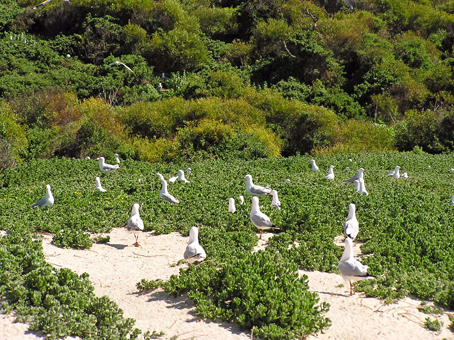
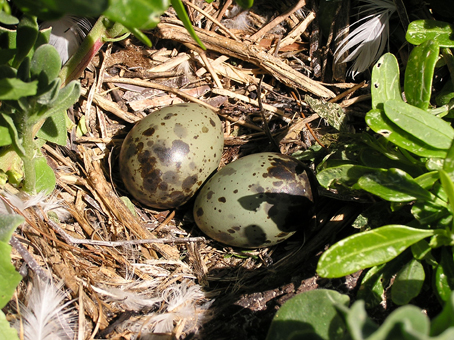

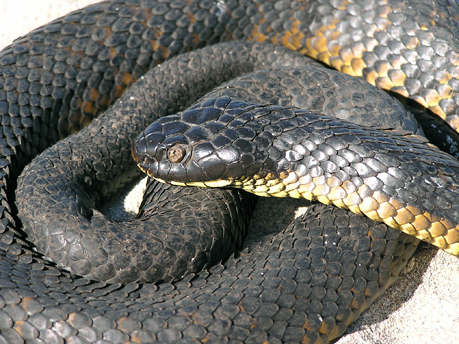
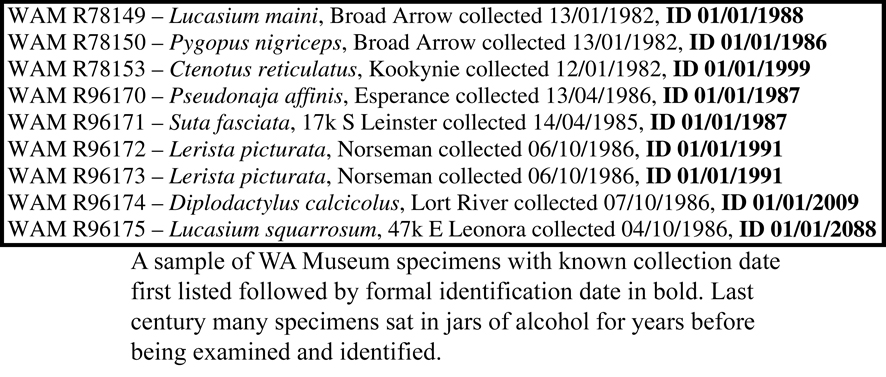
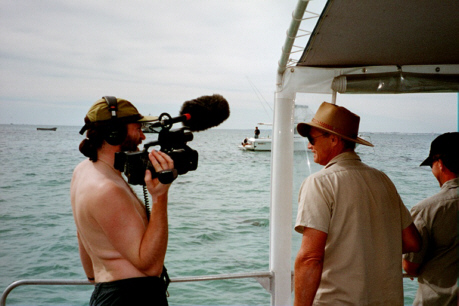
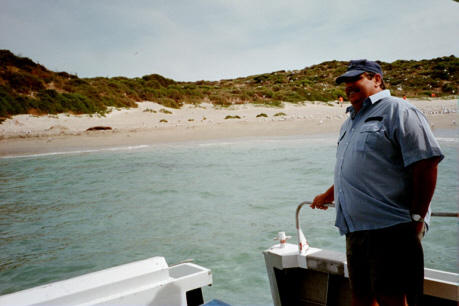
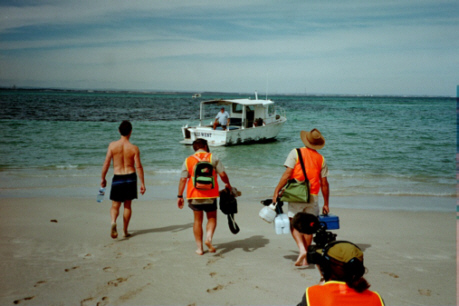
Further Reading (these included as updates on this page)
2004. Diet divergence, jaw size and scale counts in two neighbouring populations of tiger snakes (Notechis scutatus). Aubret Fabien, Xavier Bonnet, Stéphanie Maumelat, Don Bradshaw & Terry Schwaner. Amphibia-Reptilia 25: 9-172020. The origin of tiger snakes on Carnac Island. Mitch Ladyman, Earle Seubert & Don Bradshaw. J. Roy. Soc. WA: 103: 39–42.